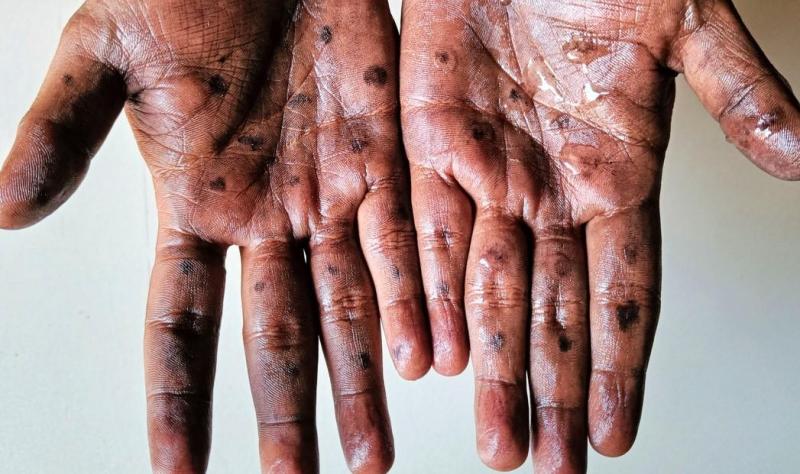Who Said Pink Is for Girls and Blue Is for Boys? - Guardian Life - The Guardian Nigeria News - Nigeria and World News
This shift didn’t happen overnight. It was shaped by fashion, marketing, and societal trends. In the early 1900s, department stores began suggesting colours for boys and girls, but there was no strict rule.
Some promoted pink for boys because it was bold and energetic, while blue, seen as soft and calm, was recommended for girls.
However, by the 1940s, businesses pushed the idea that pink was for girls and blue was for boys, and the public simply followed.
When Did Colours Start Having Genders?
Before the 20th century, colours were not used to define gender. In the 1800s, babies of both sexes wore white dresses because white was practical—it could be bleached easily when stained. There were no rules stating that boys should wear blue or girls should wear pink.
Things began to change in the early 1900s when magazines and department stores started advising parents on colours for children.
Interestingly, pink was recommended for boys because it was linked to red, which symbolised strength and power. Blue, on the other hand, was associated with the Virgin Mary and was thought to be more delicate, making it a suitable choice for girls.
READ ALSO: Valentine’s Palette: If Pink Means Love, Why Always Red, White
Why Did Pink Become a ‘Girl’s Colour’?
By the 1940s, manufacturers and advertisers decided to assign pink to girls and blue to boys. Why? Simply because it was good for business. If parents believed that girls must wear pink and boys must wear blue, they would buy new clothes for each child instead of passing them down to younger siblings.
The trend became even stronger in the 1980s when ultrasound technology made it possible for parents to know their baby’s gender before birth. Companies quickly took advantage of this, marketing gender-specific clothing, nursery decorations, and toys. Since then, pink has been heavily promoted for girls, while blue remains the go-to colour for boys.
Are Colours Really Meant for Specific Genders?
At the end of the day, colours are just colours—they do not belong to any gender. The belief that pink is for girls and blue is for boys was created by businesses and reinforced by society.
In reality, many cultures do not follow this rule. In some countries, men confidently wear pink without it being seen as feminine.
Today, people are challenging these old ideas. More parents are dressing their children in all colours, and fashion brands are introducing gender-neutral clothing. After all, why should a colour dictate what a person wears or likes?











